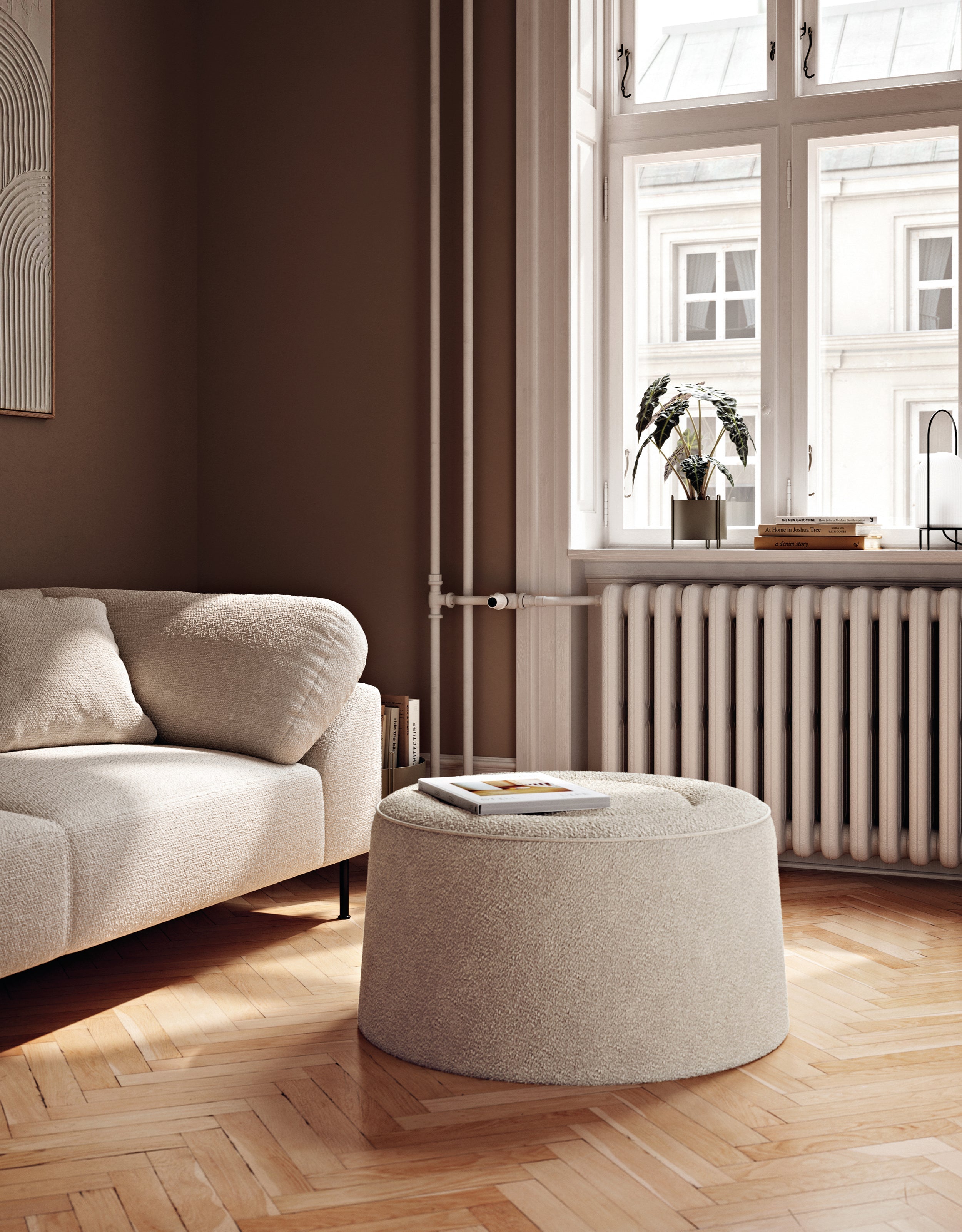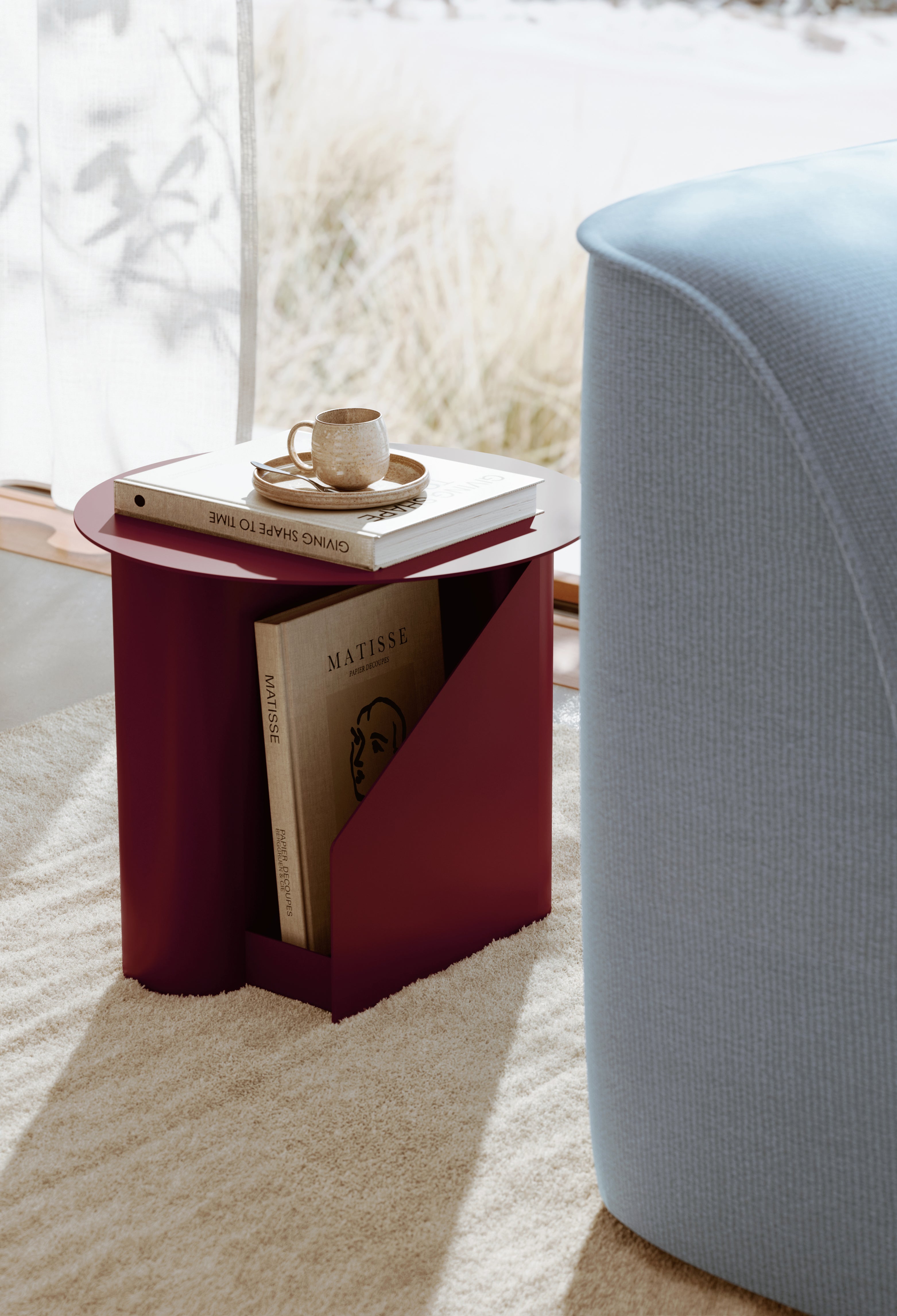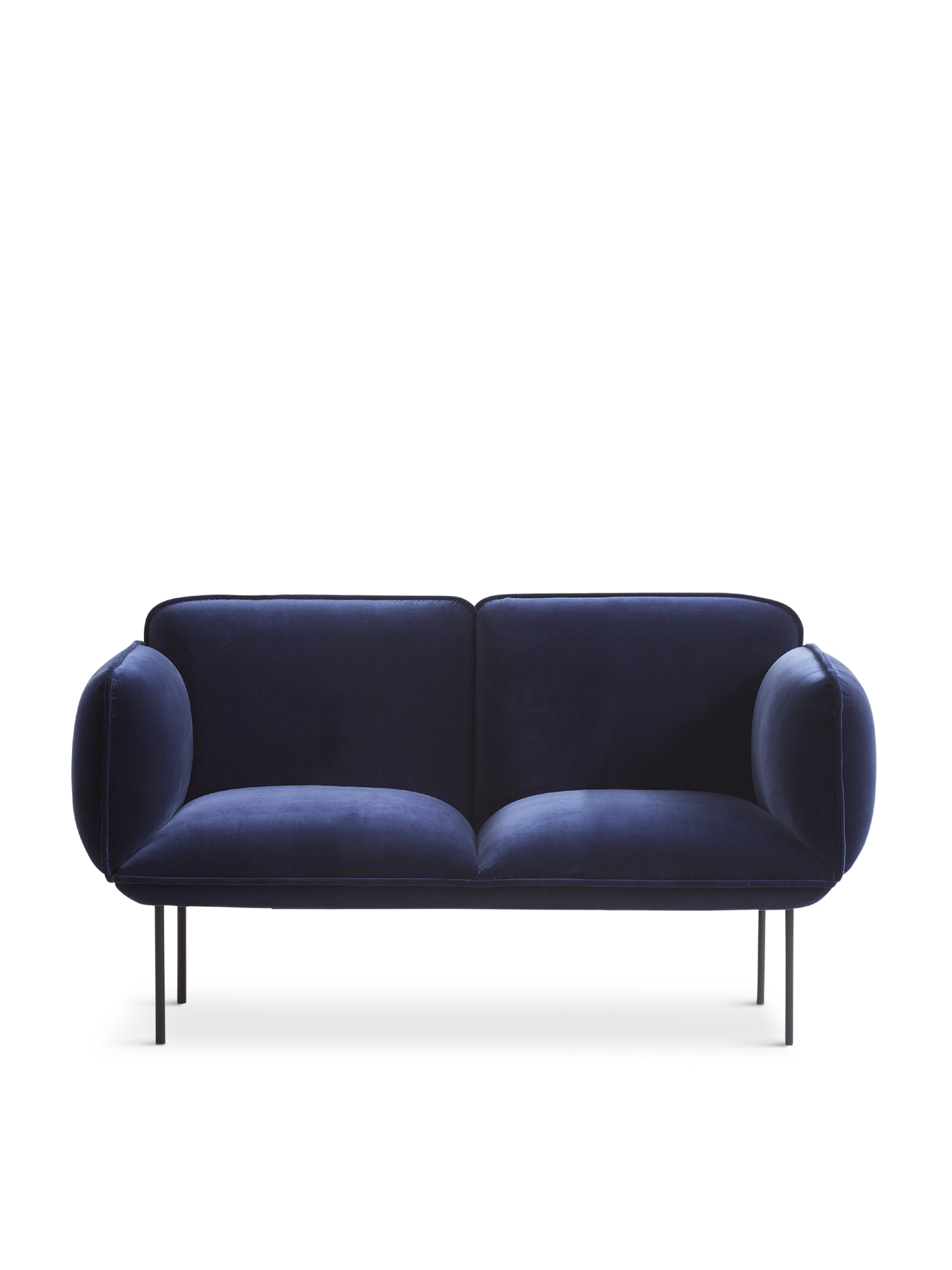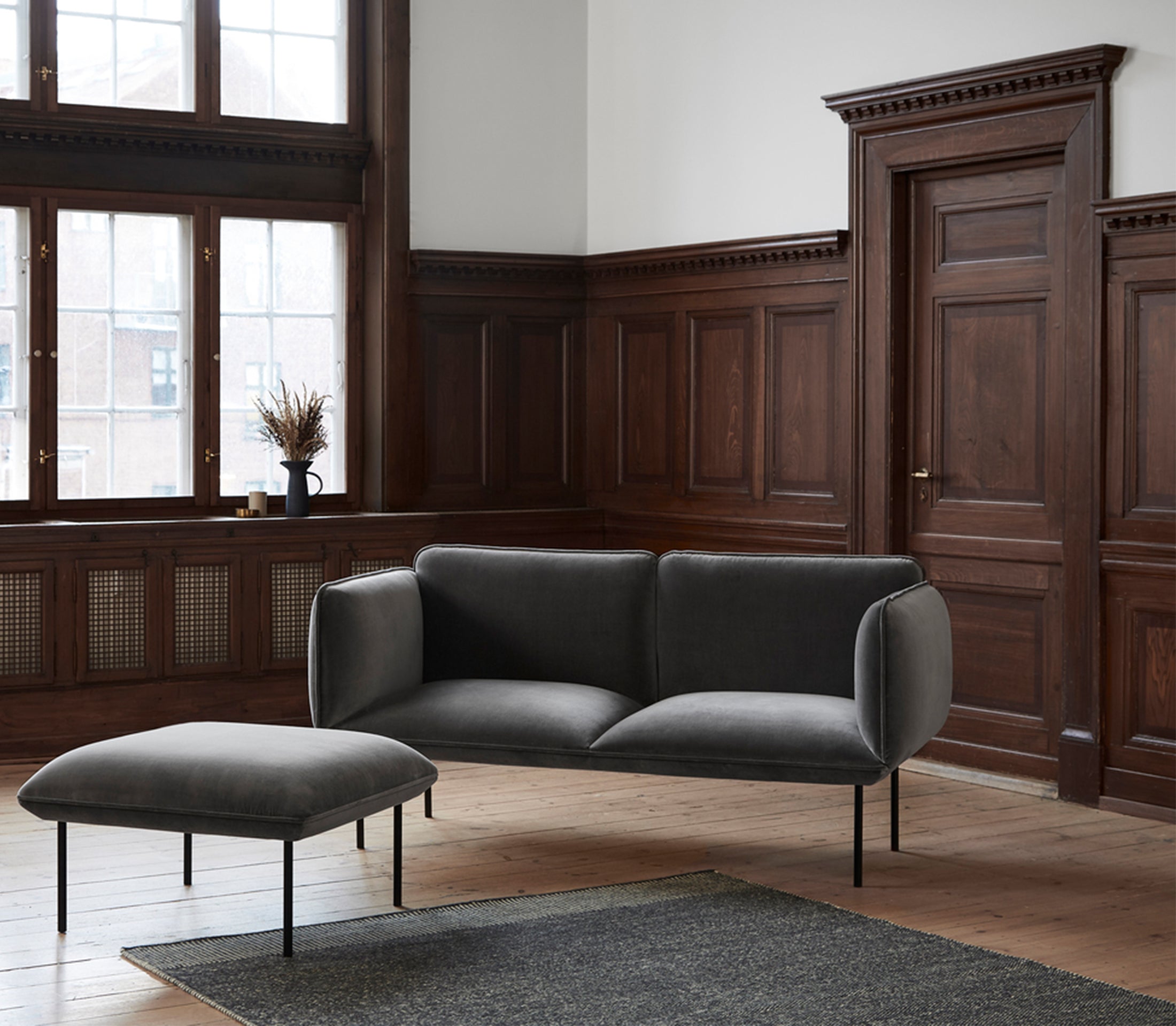
Durability, lightfastness and pilling
Here at WOUD, we highly value working with a wide and deep selection of high-quality fabric options. Choose among different surfaces and a large range of colours. From silky velour to knobbly bouclé. From modern, distinctive shades to traditional, sophisticated colours.
To us, it is essential to offer strong, solid and contemporary fabrics, therefore they are carefully selected to suit your needs and preferences. Common to all of our selected textiles is, they have been tested in various ways to define the durability, lightfastness and pilling of the fabric. Three standard guidelines to communicate the performance of the material.
Martindale
Durability is measured by a Martindale test. An acknowledged method for testing and describing the abrasion resistance of fabrics. The test is conducted by rubbing a regular piece of wool textile with a predefined weight load against the chosen fabric in order to imitate the action of persons sitting down on the furniture.
We will advise the following minimum Martindale:
Private and low traffic public areas: 30.000
High traffic and office spaces: 50.000
Public spaces and transportation: 100.000

Pilling
Pilling is an indicator to describe to which extent pills appear on the surface of the textile. Describing how quickly the material fluffs. Pills are small accumulations of fibres, known as bobbles og lint balls, that emerge due to e.g. wear, dirt or the use of unsuitable cleaning detergent. Some fabrics have a higher tendency to pilling than other, therefore pilling is scaled from 1 to 5. The higher number the better.
As for selecting the level of pilling, we recommend the following:
Grade 1: Do not choose a fabric with this score
Grade 2-3: Fabrics with a rating of 2-3 pill moderately. This is a standard and acceptable score.
Grade 4-5: This rating is considered very fine quality. Grade 5 is characterised as pilling-resistant material.
Colour and lightfastness
Lightfastness relates to the ability of a textile to retain its colour under light and its resistibility to chemical exposure. To ascertain the lightfastness, the textiles are simply exposed to artificial light for a given period of time. The evaluation scale ranges from 1 to 8. With 8 being the best. The lower the lightfastness the greater the risk that the fabric fade with time.
We recommend that you do not select a fabric with a score below 4.
Select the ideal fabric for you
Every fabric has its own characteristics and composition. When choosing the ideal fabric, we recommend you to ask yourself a few questions; Where will the upholstered furniture be placed? Would it be exposed to sunlight? Will there be animals around and in the furniture? And is it placed in a low or high traffic area?
Polyester (PES) and Acrylic fibres (PAC) are both synthetic fibres that are man-made products meant to imitate natural fibres with an overall stain resistant quality. PES is typically blended with other fibres to create an upholstery resistant to wrinkling, crushing and fading. PAC is developed as imitation wool, this synthetic fibre is great at resisting wear, wrinkling, soiling and fading as well.
Wool is a natural fibre. Natural fibres are normally sourced from animals and plants and are great at resisting staining, wrinkling, fading and pilling. Wool can also be blended with synthetic fibres to offer more durability and easy spot cleaning. For instance Nylon. This fibre is considered one of the strongest upholstery fabrics. When added to blends, it contributes to preventing fading, crushing and pilling.

























